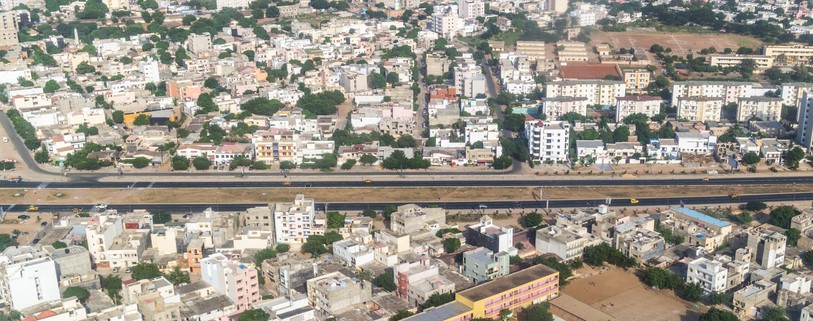When Risk Brings Reward: Africa's Highway of the Future
Posted 25/11/2019 by Eleana Toliou

Ten years ago, investing in African highways seemed a daunting prospect, carrying high levels of risk. Never faint-hearted, the French civil engineering company, Eiffage, took up the challenge, forming the first Public-Private-Partnership in Sub-Saharan Africa with the Government of Senegal.
Thus emerged the first toll motorway in Western Africa. In 2010, the “Highway of the Future” was opened – connecting Senegal’s capital, Dakar, to the fast-developing suburban area of Diamniadio. The highway has since been extended to incorporate the capital’s newly-built airport, and beyond the city’s suburban limits.
Back then, the idea of a tolled highway in a low-income region carried a degree of risk – for obvious reasons. But the Highway of the Future has since proved a great success. Over 45,000 vehicles are estimated to be using the highway daily – vastly exceeding expectations. And numbers continue to grow year on year.
Developments in the community
The total cost of travel on the highway may be high for African standards, but the route has proved cheaper in the long run – not to mention faster and safer. The alternative route may be free to use, but it comes with hidden costs for things like fuel and maintenance, stemming from the poor road conditions.
Unsurprisingly, the new highway has contributed significantly to the region’s growth and development. With reduced travel times, mobility for everyday commuters and traders has improved dramatically. Areas all along the highway have witnessed a fast emergence of residential developments, as well as private and public work spaces. Diamniadio has seen particular success.
And the benefits are mutual: as the highway benefits from increased use, so too these developments benefit from better connectivity and increased footfall.
The picture across Africa
The Dakar story is far from being an isolated success. The (admittedly few) other examples in Sub-Saharan Africa all tell a similar story.
In Nigeria, the Lekki-Epe expressway has transformed a key urban corridor, providing a faster, safer link from Victoria Island to Nigeria’s economic capital. There too, the entire region has benefitted from considerable residential and commercial development, and even a newly constructed seaport.
South Africa sets another strong example, as no stranger to PPPs. There, we see a thorough regulatory framework which helps to mitigate risk for investors. To date, the country has seen more than 30 PPP projects, with plenty more in the pipeline.
A strong African future
To paint the African continent as being entirely without challenges and risk would be disingenuous. But the positive outcomes of recent projects in the region are hard to ignore. The few completed road projects reveal that – where the correct frameworks are put into place, and risk carefully mitigated – project finance can provide a sustainable and beneficial future for all parties.
And with so few Public-Private Infrastructure projects currently in place across Africa, the potential is huge. Developing countries with high prospects for economic growth and rising motorisation rates offer ample opportunities for investment in transport infrastructure. No doubt the industry will be keeping a close tab on forthcoming developments in years to come. Because the future in Africa looks bright.